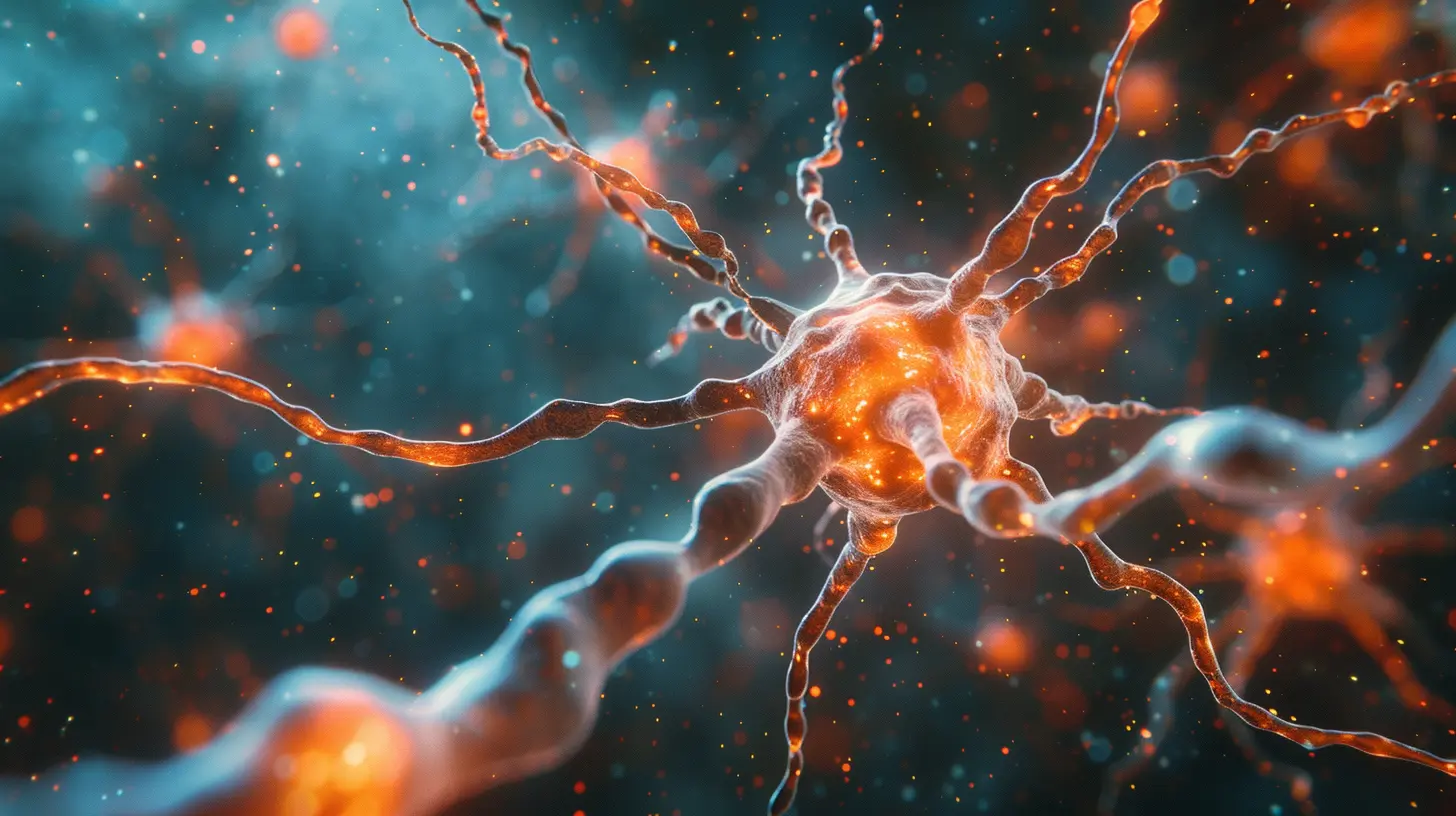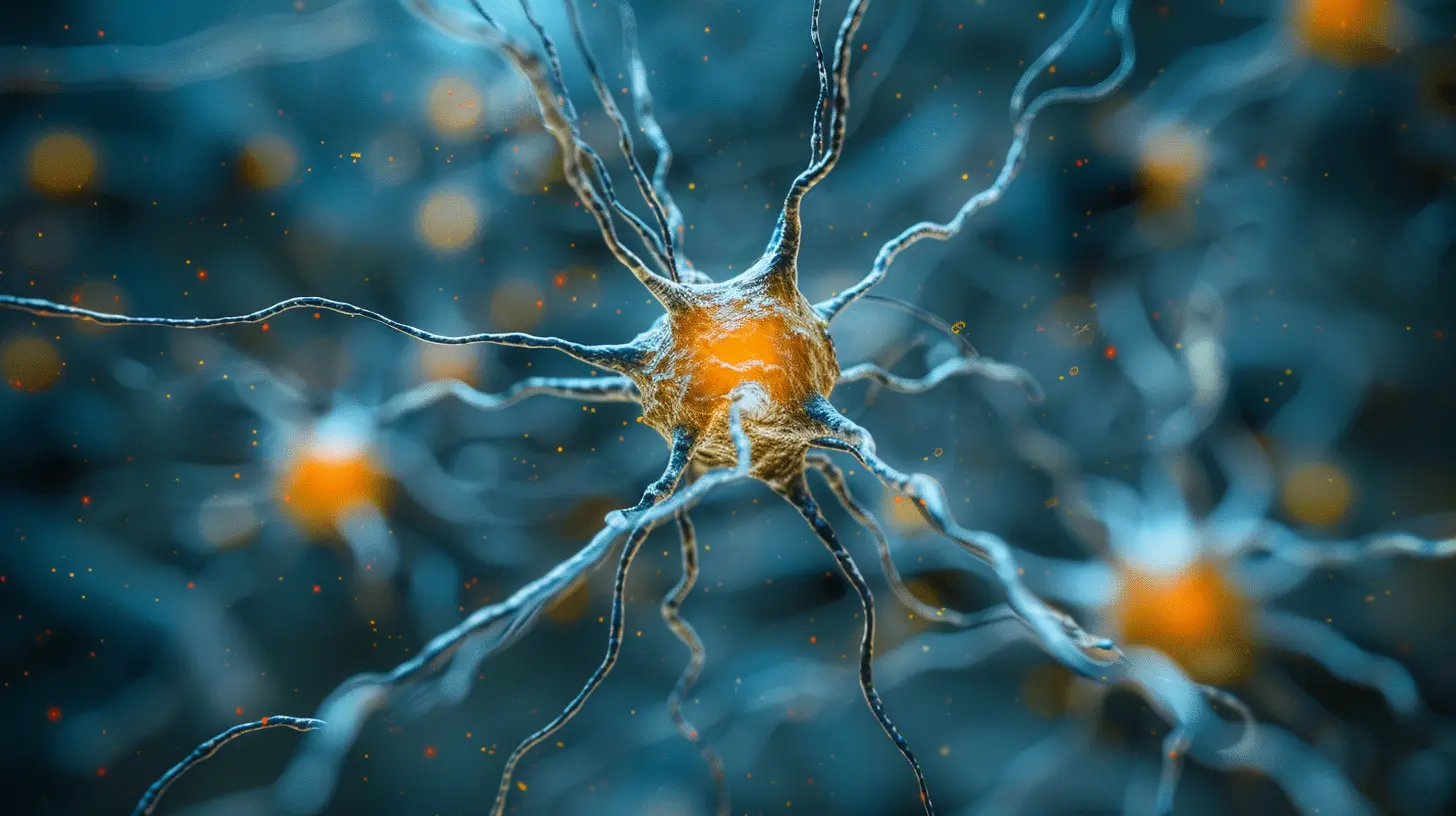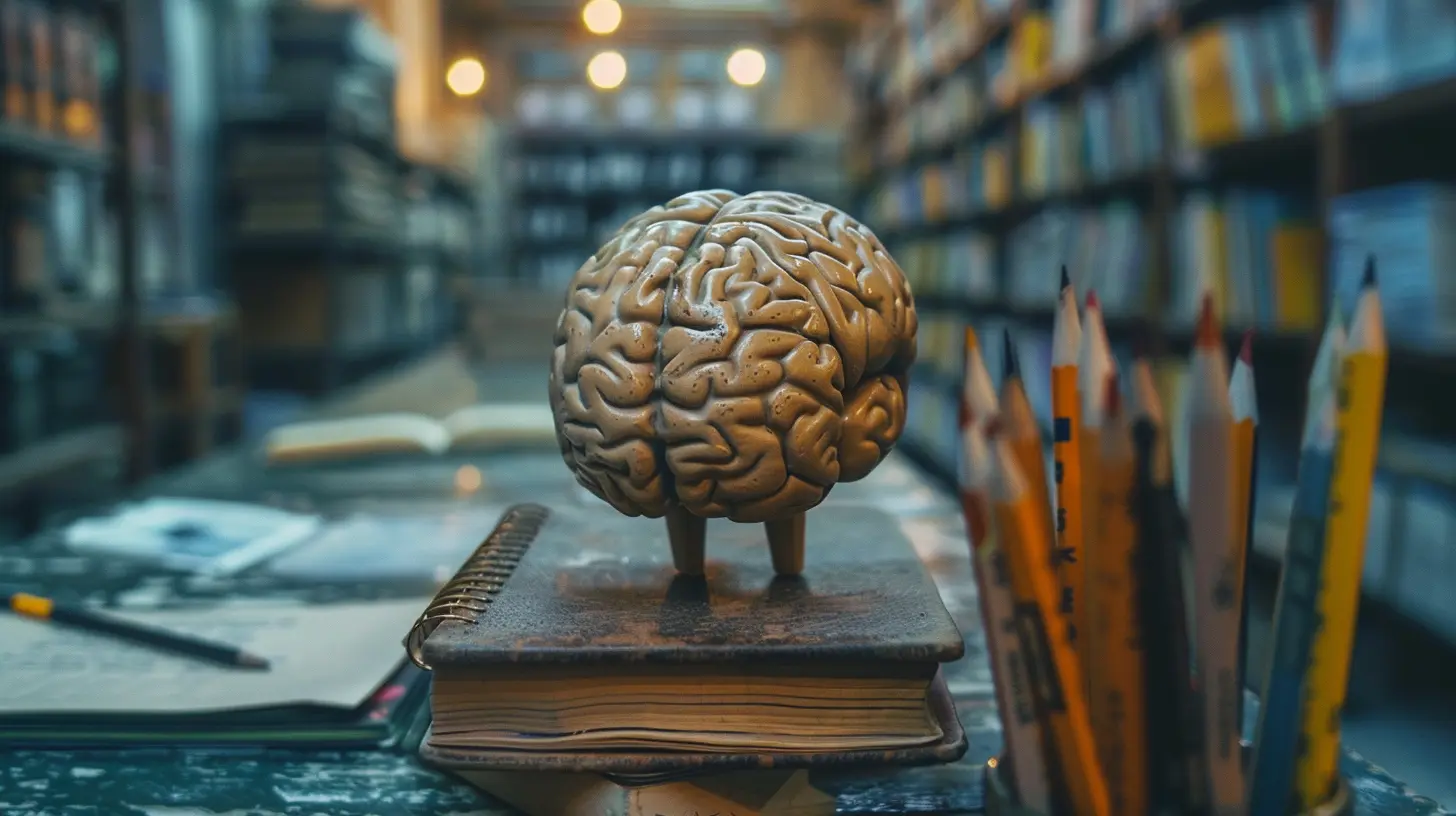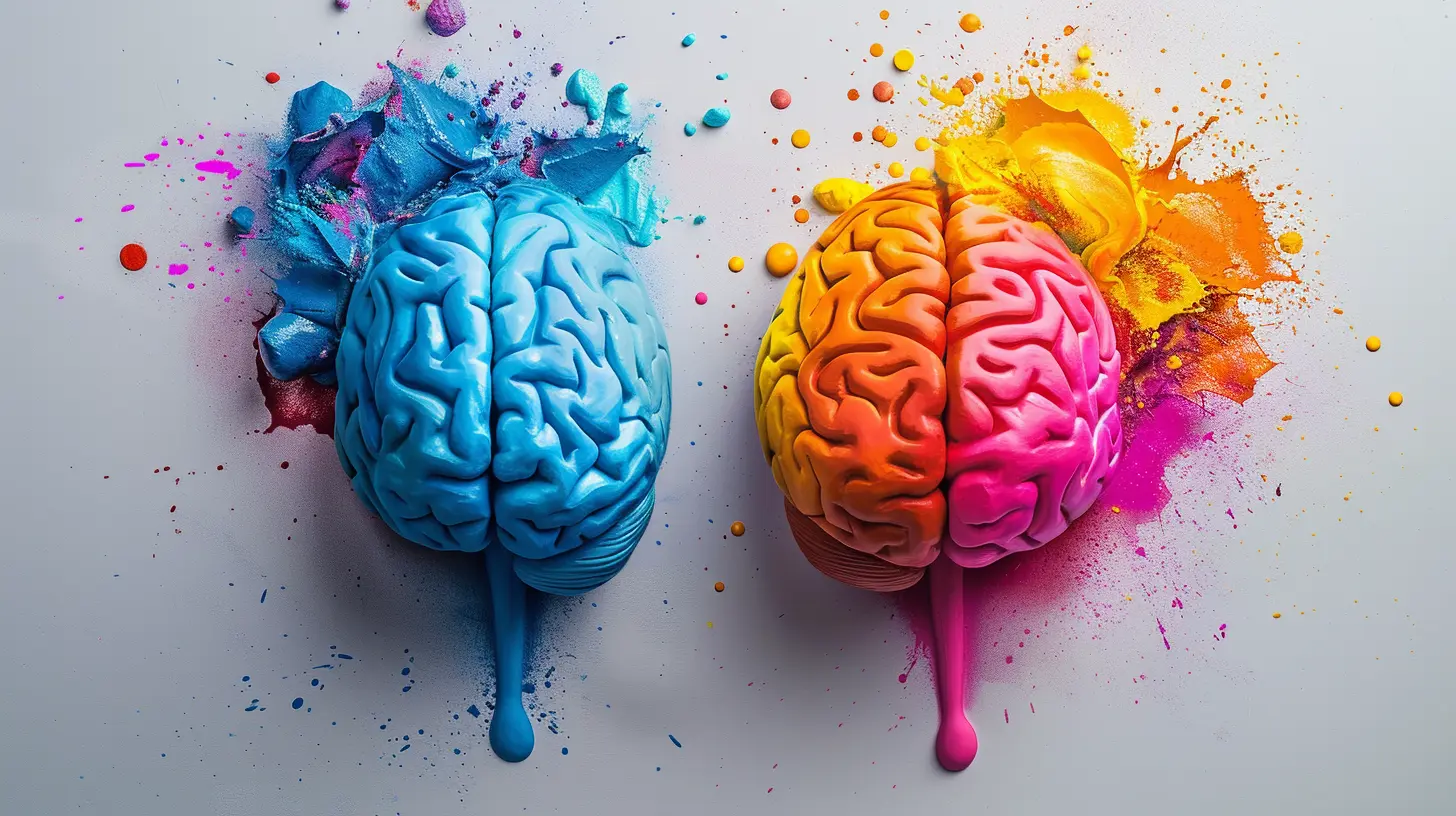The Role of Neuroplasticity in Learning and Memory
22 July 2025
Have you ever wondered how your brain adapts when you learn something new or recall that memory from years ago? It's not magic—it’s neuroplasticity at play. Sounds fancy, right? But don’t worry, we’re going to break it down in a way that makes sense (and maybe even sparks your curiosity a bit).

What Is Neuroplasticity, Anyway?
Let’s get this straight: neuroplasticity is your brain’s superpower. Literally. It’s the brain’s ability to reorganize itself by forming new neural connections throughout life. Imagine it like your brain being a flexible, living map. When you learn something new, your brain redraws that map, building and strengthening roads between different areas.Neuroplasticity isn’t just for kids—though it’s true that young brains are more adaptable. Adults have it too, especially when we challenge ourselves to do new things like learning a musical instrument, speaking a new language, or even taking a new route to work.
Cool, right?

Memory and Learning: Two Sides of the Same Coin
Before diving too deep into neuroplasticity, let’s quickly talk about memory and learning—because they’re tightly linked.- Learning is the process of acquiring new information or skills.
- Memory is how we store and retrieve that information when needed.
Now, here’s where neuroplasticity steps in. Every time you learn something, your brain creates new neural pathways. When you repeatedly use those pathways (a.k.a. practice), they get stronger—like a hiking trail becoming more defined the more you walk it. That’s your memory system in action, shaped by neuroplasticity.

Types of Neuroplasticity
Not all plasticity is created equal. There are two main types:1. Structural Plasticity
This is all about changing the actual physical structure of the brain. Like adding more branches to a tree, your brain grows connections (synapses) between neurons. The more you use a certain part of your brain, the stronger and more connected it gets.For example, London taxi drivers were found to have larger hippocampi—the area of the brain linked to spatial navigation—due to constantly memorizing complex city maps. That’s structural plasticity at work.
2. Functional Plasticity
Functional plasticity is like your brain’s backup plan. When one brain area goes down (like after a stroke), other parts can take over its function. It’s the “Plan B” that saves the day. This also kicks in when you learn a new skill, as your brain becomes more efficient at processing information in different ways.
How Neuroplasticity Powers Learning
Let’s get a bit more practical. Ever picked up a new hobby and felt awkward at first, only to improve dramatically with practice? That improvement isn’t just muscle memory—it’s brain memory.Here’s how it works, step-by-step:
1. Experience or Stimulus
You experience something new—say juggling.
2. Neural Activation
Your brain goes, “Whoa, what is this?” and activates neurons related to movement, balance, and concentration.
3. Synaptic Strengthening
With each attempt, even if you drop the balls, your brain strengthens the connections between relevant neurons. Practice literally rewires your brain.
4. Long-Term Potentiation (LTP)
If you keep it up, those neural pathways get so well worn that the skill sticks. That’s LTP—one of the key processes involved in forming long-term memories.
The more you practice, the stronger those nerve connections become. That’s how practice makes pathways (and progress!).
The Impact of Repetition and Practice
Ever heard the phrase, “Repetition is the mother of skill”? Turns out, it’s grounded in neuroscience. Repetition doesn’t just help you remember—it changes the physical makeup of your brain.Think of it like treading the same path through a field every day. Eventually, a trail forms. That’s what happens in your brain when you repeat something: a neural trail becomes a mental highway.
Want a tip? Space out your practice. It’s called “spaced repetition”, and it’s one of the most effective tools for long-term memory. You’re letting your brain rest and rewire in between sessions—pretty smart, right?
Emotions and Neuroplasticity
Here’s a curveball: your emotions play a huge role in learning and memory too.When something is emotionally charged (like your wedding day or a scary car accident), your amygdala—the brain’s emotional HQ—kicks into gear. It tells your brain, “Hey, this is important, remember it!”
That’s why emotional experiences often feel more vivid and stick with us longer. This is neuroplasticity in action, highlighting how brain networks associated with emotions intertwine with memory and learning.
Ever noticed how you recall a lesson better when the teacher was funny or passionate? Same deal. Emotional engagement boosts plasticity.
Neuroplasticity in Different Life Stages
You may be wondering, “Does this mean my brain is plastic forever?” Kind of. But let’s break it down:In Children
Kids are neuroplasticity ninjas. Their brains are a sponge for learning languages, motor skills, social cues—you name it. That’s why early childhood education is so powerful.In Adults
While plasticity slows down a bit with age, it doesn’t stop. Adult brains are more rigid, yes, but they’re still capable of change, especially with consistent effort like learning new skills or staying mentally active.In Older Adults
Don’t let age fool you. Older brains can still create new pathways—especially when challenged with new experiences, physical exercise, or cognitive training.Bottom line: plasticity doesn’t have an expiration date.
Can Neuroplasticity Go Wrong?
Here’s something important: neuroplasticity isn't always good. Yep, you read that right.Sometimes the brain forms unhelpful patterns, like in addiction or chronic pain. In those cases, the brain’s rewiring can reinforce negative behaviors or sensations.
But the good news? Just as the brain can wire unhealthy patterns, it can also unlearn them. Mindfulness, therapy, cognitive behavioral techniques—all these tools can help reshape those unwanted pathways.
How To Boost Your Brain’s Plasticity
Now that you know how powerful neuroplasticity is, let’s talk about how to harness it.1. Keep Learning
Take up a new hobby. Try painting, coding, cooking, or dancing. Your brain loves novelty.2. Physical Exercise
Cardio does more than burn calories—it stimulates brain-derived neurotrophic factor (BDNF), a protein that supports plasticity.3. Sleep Well
During sleep, your brain solidifies memories and forges new connections. Skipping sleep? You’re short-circuiting your own learning process.4. Reduce Stress
Chronic stress is a plasticity killer. Practice relaxation techniques, mindfulness, or just take time to breathe.5. Practice Mindfulness and Meditation
These aren’t just trendy buzzwords—they’ve been shown to alter brain structure in positive ways. Meditation increases grey matter and helps regulate emotions, both of which support learning.6. Challenge Your Brain
Use your non-dominant hand for the day, try puzzles, or change up your routine. These little tweaks keep your brain guessing—and growing.
Neuroplasticity in Therapy and Rehabilitation
Want to hear something amazing? Neuroplasticity is revolutionizing how we approach therapy.- Stroke Recovery: Patients relearn skills by training other brain regions to take over damaged functions.
- Mental Health: Practices like CBT help “rewire” negative thought patterns.
- Brain Injury: Therapists use neuroplasticity principles to help retrain motor and cognitive functions.
This shows that healing isn’t just physical—it’s mental and neural, too.
Real-Life Example: Learning to Ride a Bike
Remember learning to ride a bike? At first, it was shaky and awkward. You probably fell a few times, right?But then came balance, steering, and confidence. Each attempt carved out connections in your brain. Eventually, those paths were so ingrained, you could ride without even thinking about it.
That’s neuroplasticity in its purest form.
Final Thoughts
Neuroplasticity isn’t just some scientific jargon—it’s the heart of how we learn, grow, and remember. It shapes who we are, how we think, and how we become better versions of ourselves. Whether you’re 9 or 90, your brain is always ready to adapt—as long as you give it the chance.So go ahead—pick up that book, try that new recipe, or start that guitar lesson. You’re not just learning. You’re rewiring your brain.
all images in this post were generated using AI tools
Category:
Psychological TheoriesAuthor:

Paulina Sanders
Discussion
rate this article
1 comments
Mackenzie Spencer
This article effectively highlights the significance of neuroplasticity in shaping our learning and memory. It's fascinating to see how our brains adapt and reorganize, underlining the potential for continuous growth and change throughout our lives. Well done!
August 23, 2025 at 2:36 AM

Paulina Sanders
Thank you for your thoughtful comment! I'm glad you found the article insightful and appreciated the significance of neuroplasticity in our learning journey.


